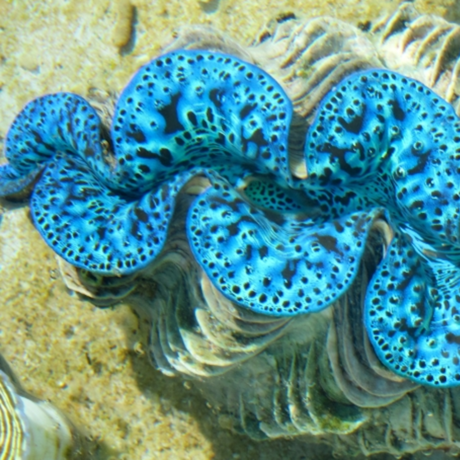Science News
Monday Bites: Shark Age and Shark Scavenging

Young at Shark
Greenland sharks (Somniosus microcephalus) enjoy their youth at 150 years of age. Well, maybe not youth, but that’s when the sharks reach sexual maturity! Researchers have discovered the fish are the longest living vertebrates, with some living at least 400 years. Using radiocarbon dating techniques on sharks’ eye lenses, researchers examined 28 female sharks that had been caught as bycatch, finding that the average lifespan was at least 272 years. The two largest sharks, at 493 centimeters (16 feet) and 502 centimeters (16.5 feet) in length, were estimated to be roughly 335 and 392 years old, respectively. The biology of these sharks is poorly understood, yet their extremely slow growth rates, at about one centimeter per year, hint that these fish benefit from exceptional longevity.
Opportunistic Predators and Scavengers
While tiger sharks (Galeocerdo cuvier) live considerably shorter lives, scientists have found that the fish are very resourceful when it comes to their food supply. Tiger sharks are impressive predators and are known to ambush sea turtles swimming at the surface from down below. But green sea turtles (Chelonia mydas) off of the Great Barrier Reef’s Raine Island understand this hunting tactic all too well, and they avoid the water surface as much as possible. So, like terrestrial apex predators such as lions and hyenas, tiger sharks have been observed scavenging already dead sea turtles. During the nesting season, as many as 2,000 female sea turtles can die from exposure or exhaustion. When their carcasses are washed into the sea, they become easy pickings for the sharks. “It goes to show that being at the top of the food chain is not just about being ferocious—it’s also about taking advantage of every opportunity to feed that comes your way, dead or alive,” says Neil Hammerschlag, lead author of the new study published in Behavioral Ecology and Sociobiology.
Contaminated Carcasses
Speaking of scavenging, California condors (Gymnogyps californianus) that live near the central California coast often find washed up marine mammals for their meals. Scientists understand this has been a natural food source for the condors for the past 11,000 years, but researchers recently found that the toxins that the marine mammals contain—from high concentrations of mercury, pesticides, polychlorinated biphenyls (PCBs), and polybrominated diphenyl ethers (PBDEs)—accumulate in the endangered birds. While lead poisoning is still a risk in terrestrial carcasses that the condors consume, this new finding presents another threat. “The problem with condors eating marine mammals is that they contain significant amounts of contaminants that have been shown to harm reproduction in other birds [such as bald eagles] and are therefore a potential threat to the ongoing recovery of California condors,” says Carolyn Kurle of UC San Diego. “Our study has conservation implications as condor biologists work to maximize the California condor's potential for population recovery.”
Image: Albert kok/Wikipedia

